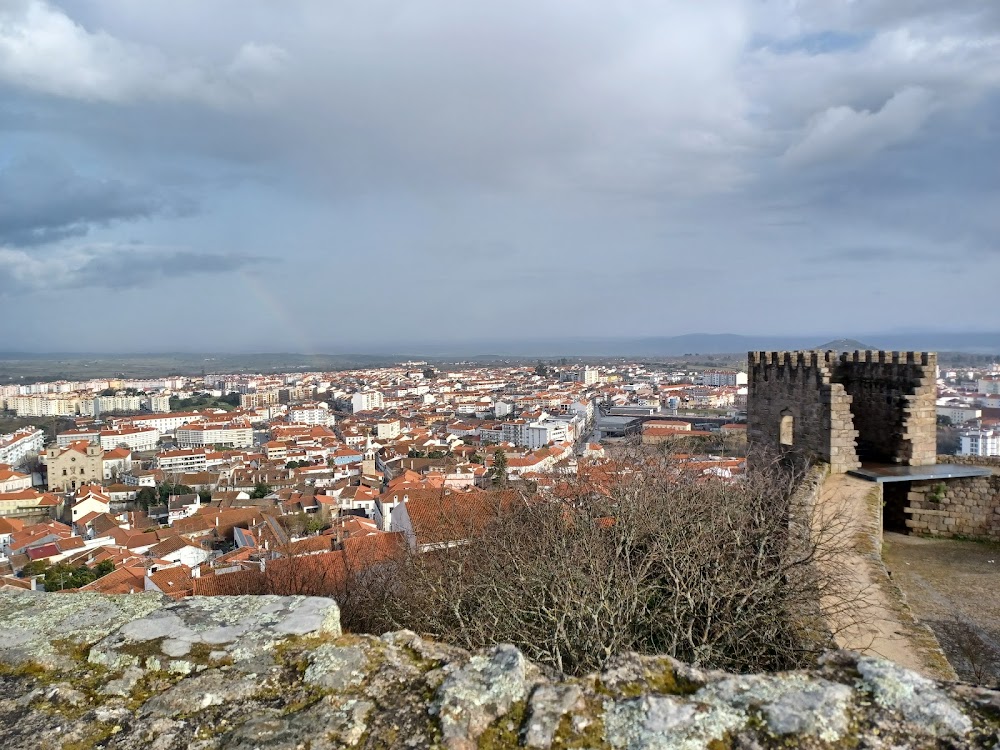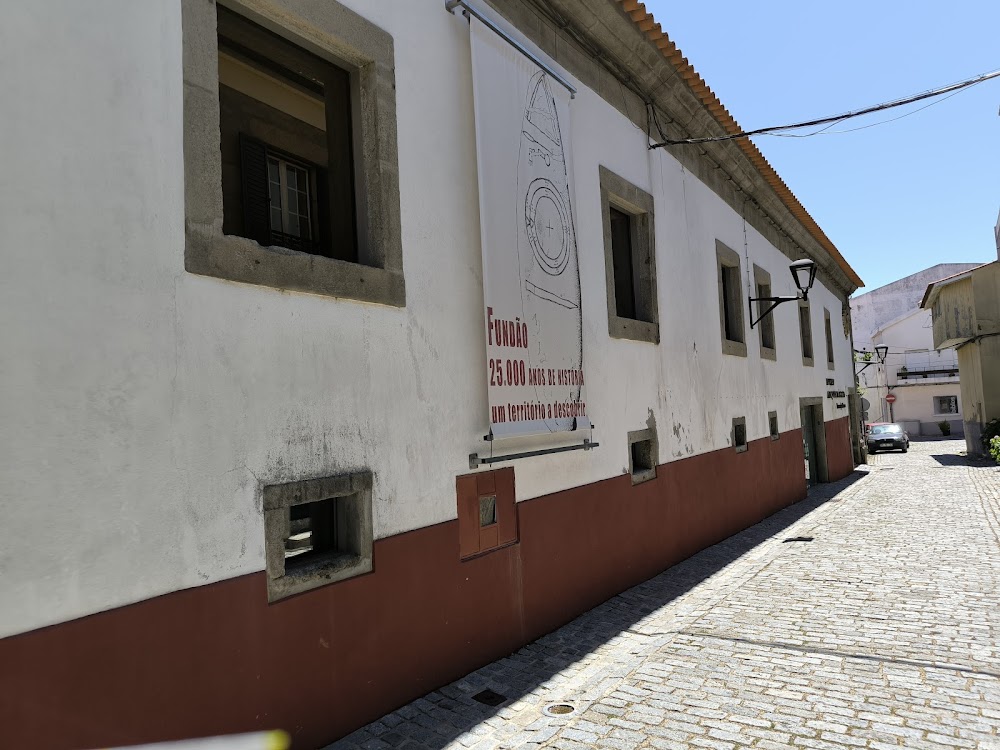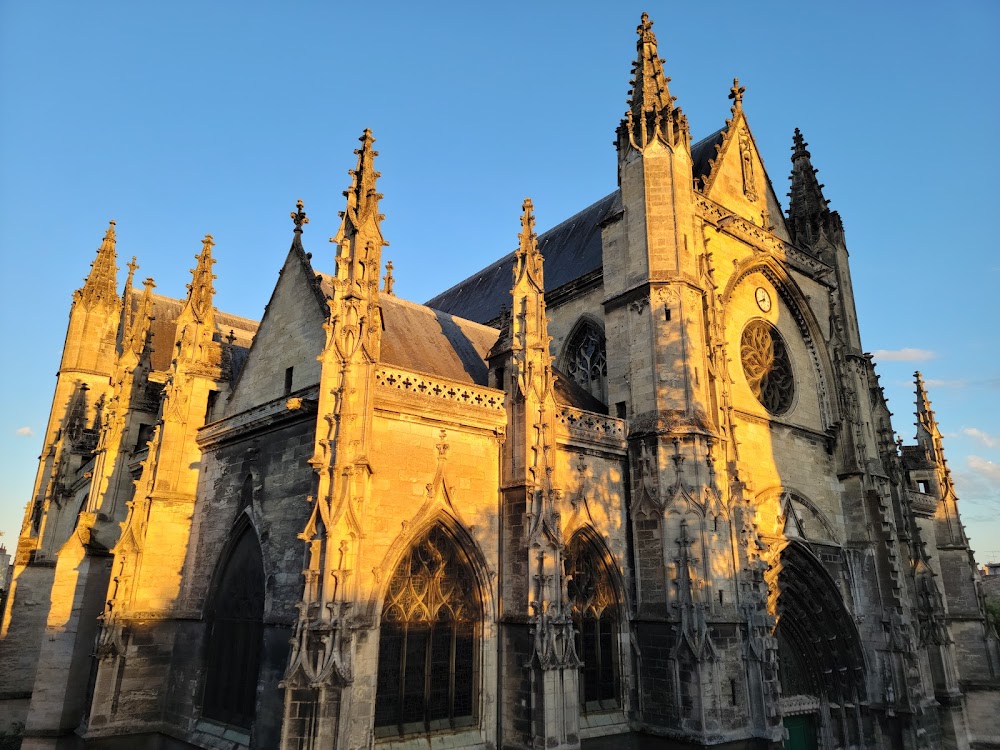Castelo Branco Castle (Castelo de Castelo Branco)
Overview
High atop a hill in the charming city of Castelo Branco, Portugal, stands the venerable Castelo Branco Castle. Originally constructed in the Middle Ages, the castle's history dates back to the 12th century. In 1165, it was King Afonso Henriques, the first King of Portugal, who granted the land to the Knights Templar as a reward for their valor during the Reconquista and their tireless defense of the realm.
The Knights Templar, a military order known for their role in the Crusades and rumored to possess mystical secrets, undertook the construction of the castle. Drawing on their extensive experience in fortification, they created a stronghold that seamlessly combined military utility with architectural grace. Strategically perched on a hilltop, the castle offered a panoramic view of the surrounding landscape, a vital asset for both surveillance and defense.
Initially, the castle was modest in scale, prioritizing defensibility. It featured a robust curtain wall with several watchtowers, the keep known as the "Torre de Menagem," and a small chapel dedicated to Saint Mary. Built from local stone, the walls not only provided substantial strength but also allowed the castle to blend harmoniously into the rugged landscape.
Over the centuries, Castelo Branco Castle transformed through various occupations and renovations. In the 14th century, the Order of Christ, the successors to the disbanded Knights Templar, made significant additions, including residential spaces, an expanded chapel, and enhancements to the fortifications. This evolution turned the castle into a vibrant center for the local community, serving essential roles in governance and defense.
The castle endured significant damage during conflicts that plagued Portugal, particularly during the 1383-85 Crisis and the Peninsular War. Each phase of restoration left its unique imprint, resulting in a rich tapestry of architectural styles from Romanesque to Gothic, even featuring traces of Renaissance influences. Despite these changes, the castle maintained its original defensive character, with high walls and imposing battlements.
A period of neglect set in as warfare shifted from feudal strongholds to modern fortifications. By the 19th century, Castelo Branco Castle had succumbed to disrepair, with only remnants of its former glory remaining. However, in the latter half of the 20th century, local authorities and heritage organizations recognized the cultural and historical significance of the site, launching comprehensive conservation efforts. These restorations aimed to preserve the castle's original elements while ensuring the site remained safe and accessible for visitors.
Today, the ruins of Castelo Branco Castle stand as a compelling symbol of the region's rich history. Visitors are invited to wander its ancient walls, scale the weathered towers, and soak in the breathtaking views of the city and countryside below. The chapel, though simple, exudes a sense of serene spirituality that attracts both the faithful and the curious alike.
Beyond its military legacy, the castle grounds now serve as a vibrant venue for cultural events, local festivals, and community gatherings, breathing new life into its ancient stones. Its presence continues to inspire pride and connection among the residents of Castelo Branco.
Easily accessible from within the city, Castelo Branco Castle offers a tangible link to Portugal's storied past, serving as a testament to the resilience and determination of those who built and preserved it. While its primary function as a fortress may have waned, its role as a guardian of history and culture remains steadfast, ensuring that the stories and secrets of its walls endure for future generations.






